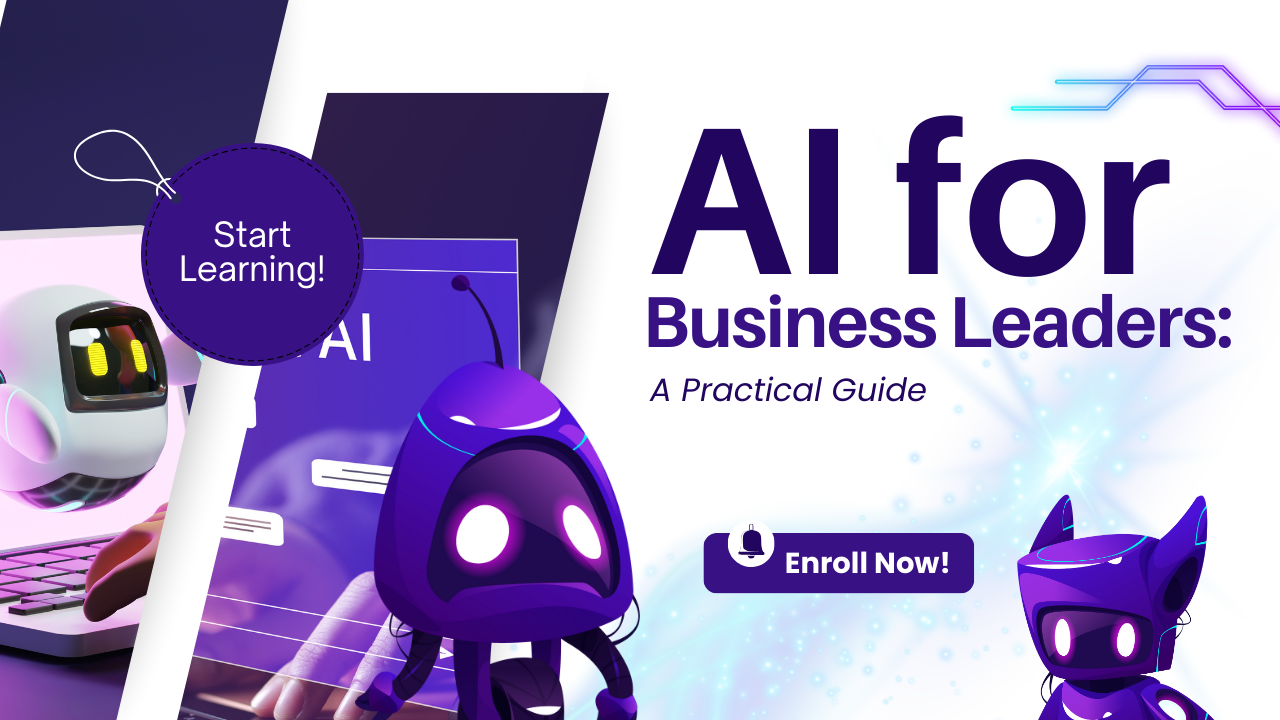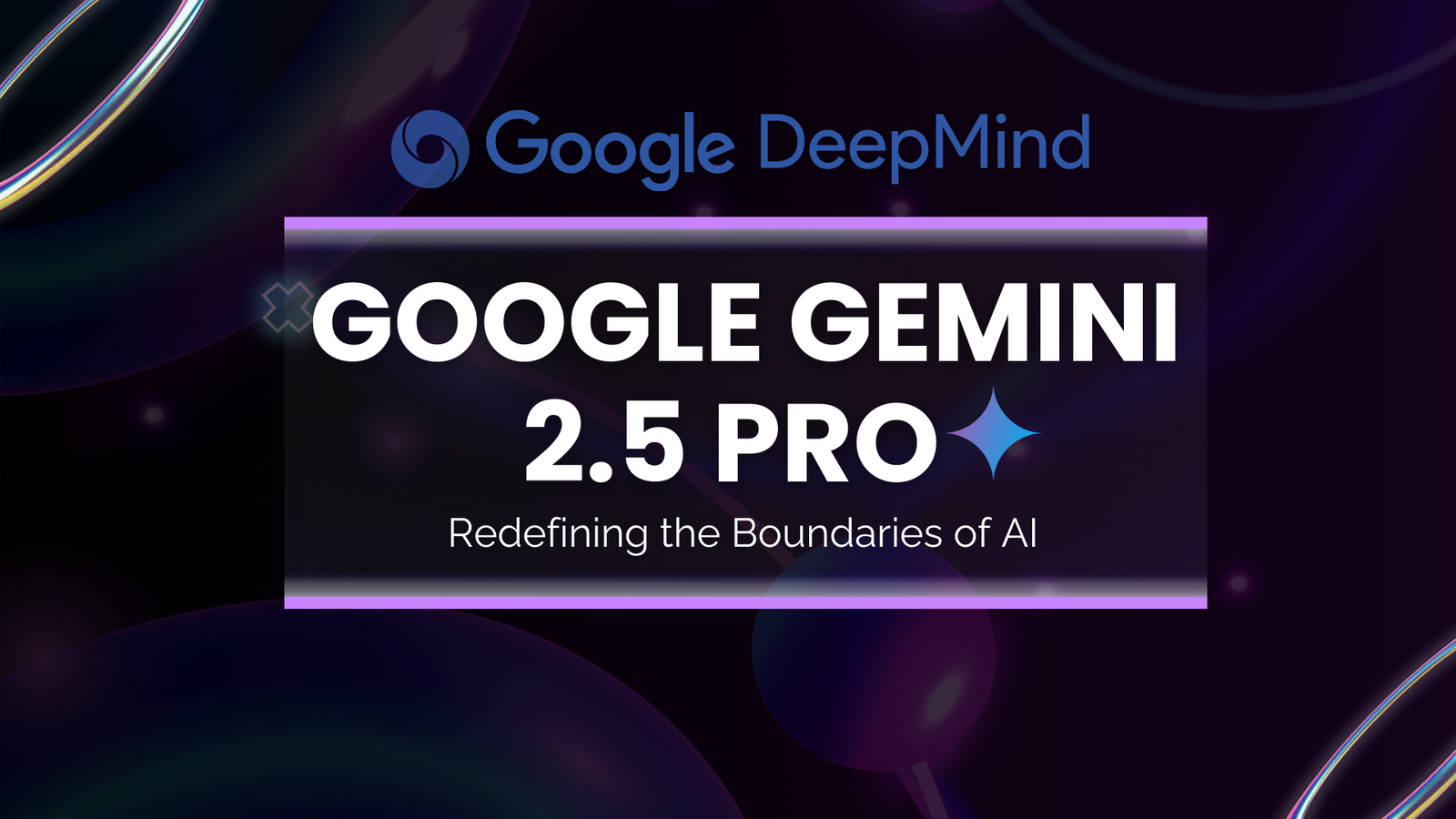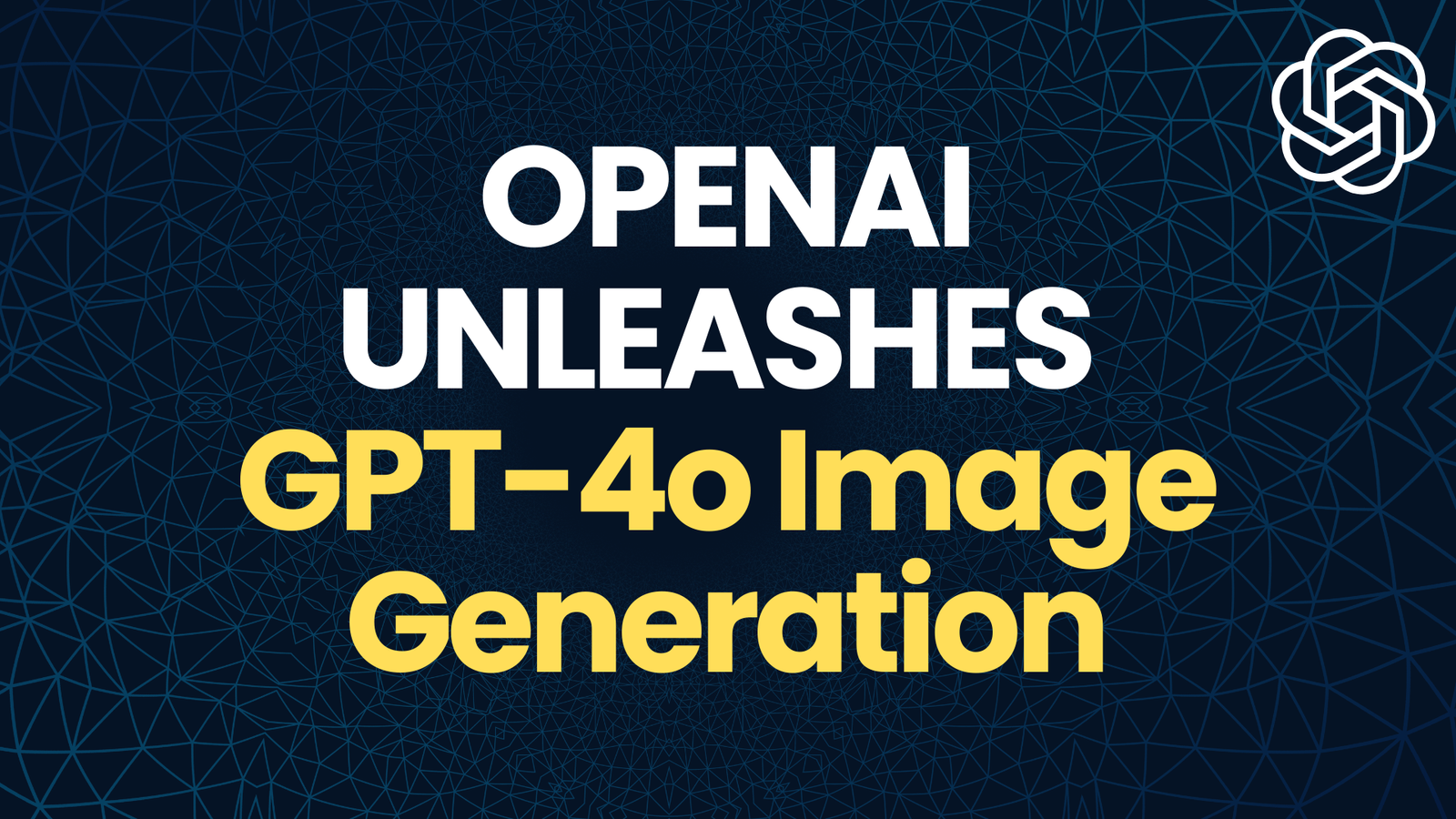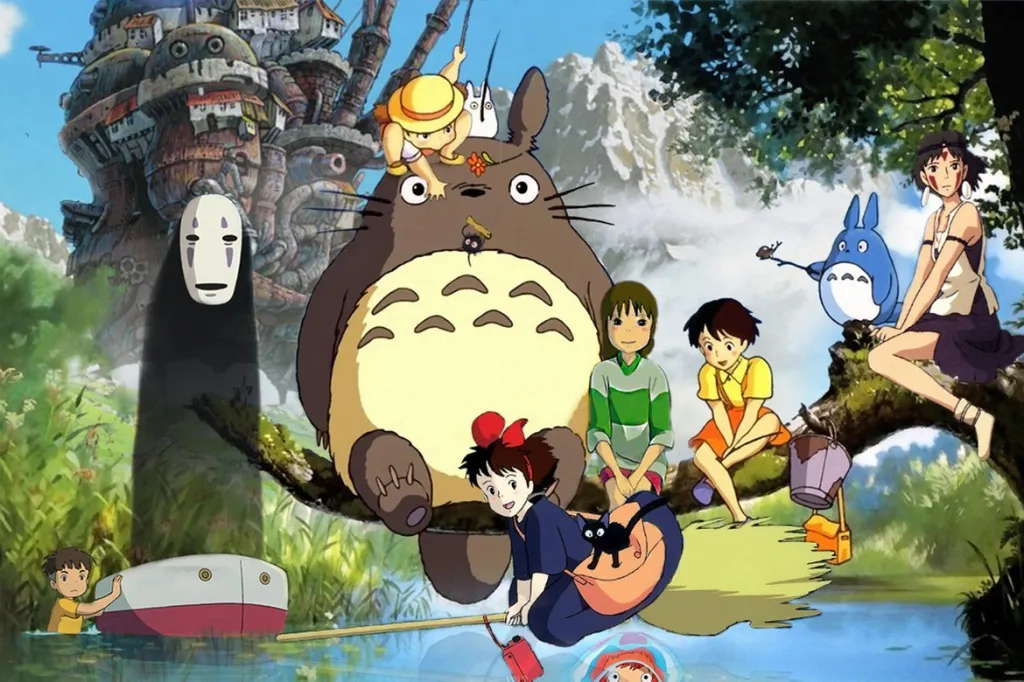
The internet has been swept by a viral wave of Studio Ghibli-inspired AI-generated images, courtesy of ChatGPT’s latest image generation tool. While the trend has delighted fans of the iconic Japanese animation studio, it has also pushed OpenAI’s infrastructure to its limits. OpenAI CEO Sam Altman candidly revealed that the surge in demand is figuratively “melting GPUs,” prompting the company to enforce rate limits to manage the strain. This viral sensation has also ignited a debate about AI copyright infringement and the potential impact on human artists.
What Is the Ghibli AI Trend?
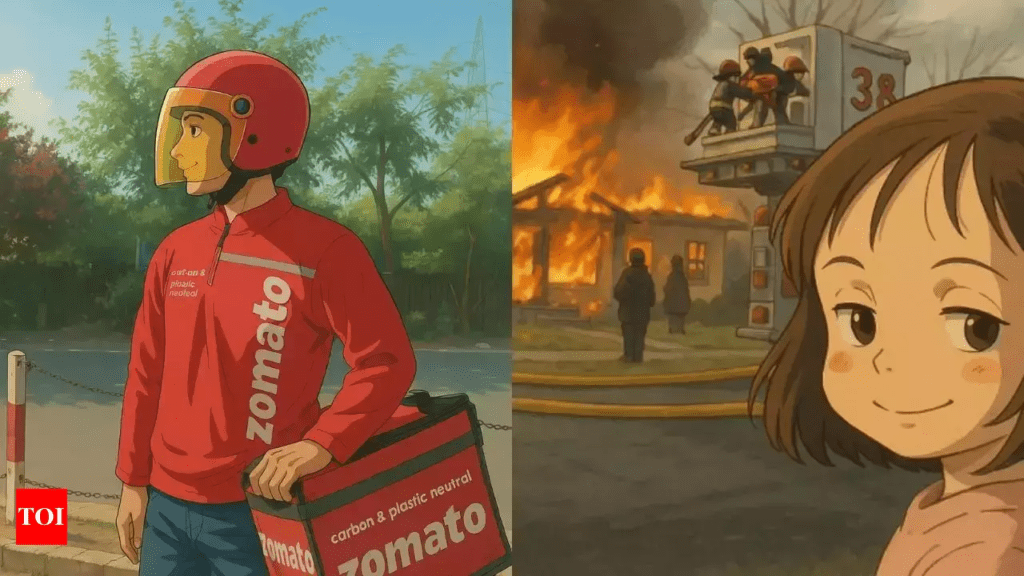
The Studio Ghibli trend allows users to transform photos into enchanting illustrations reminiscent of classics like Spirited Away and My Neighbor Totoro. This feature, powered by OpenAI’s GPT-4o model, merges text and image capabilities, enabling users to create and modify images with simple prompts. From reimagining Bollywood’s DDLJ train scene to political figures like Donald Trump, social media has been flooded with these whimsical creations.
The tool’s accessibility has made it a hit among free-tier users and subscribers alike, although its rollout has been patchy for non-paying users. The sheer volume of requests has led to significant server load, slowing down services and forcing OpenAI to take action.
Sam Altman’s Announcement: “Our GPUs Are Melting”
On March 27, Sam Altman took to X (formerly Twitter) to address the technical challenges posed by the viral trend. “It’s super fun seeing people love images in ChatGPT, but our GPUs are melting,” he wrote. While Altman’s statement was metaphorical, it highlighted the immense strain on OpenAI’s graphics processing units (GPUs), which are critical for rendering high-quality images at scale.
To cope with this unprecedented demand, OpenAI has temporarily introduced rate limits for image generation. Free-tier users will soon be restricted to three image generations per day, while paid users will face similar limitations until infrastructure improvements are implemented. Altman assured users that these restrictions are temporary and that the company is working on optimizing efficiency.
Why Are GPUs Overloaded?
The GPT-4o model integrates advanced reasoning with image generation capabilities, making it one of OpenAI’s most sophisticated tools yet. However, this complexity comes at a cost—high computational demands. The surge in Ghibli-style requests has overwhelmed data centers, heating up GPUs figuratively and taxing server architecture.
This situation underscores a broader challenge for AI companies: balancing innovation with scalability. As AI tools become more popular, ensuring infrastructure stability becomes increasingly critical.
Ethical Concerns of Studio Ghibli’s Legacy and AI Art
The viral trend also raises ethical questions about AI-generated art and its implications for human creativity. Studio Ghibli founder Hayao Miyazaki has long criticized artificial intelligence in art creation, calling it “an insult to life itself.” His skepticism reflects concerns about whether AI can truly replicate the emotional depth and humanity inherent in traditional art.
Moreover, copyright issues loom large. While OpenAI blocks generations mimicking living artists’ styles, broader studio-style interpretations like Ghibli remain permissible. This conservative approach aims to strike a balance between creative freedom and intellectual property rights but has sparked debates among artists and legal experts.
What Users Can Expect
OpenAI’s rate limits aim to stabilize services while addressing technical bottlenecks. Free-tier users will soon be capped at three image generations per day—a move designed to reduce server load without alienating casual users. Paid subscribers will also face restrictions but retain priority access.
Altman acknowledged that some generation requests are being unfairly denied due to system errors. He assured users that fixes are underway and that improvements “hopefully won’t take long.”
The Future of AI and Art
The Studio Ghibli trend exemplifies both the promise and pitfalls of AI in creative industries. On one hand, tools like GPT-4o democratize artistic expression by making sophisticated image generation accessible to millions. On the other hand, they highlight challenges such as scalability issues, copyright concerns, and ethical dilemmas.
To navigate these complexities, companies like OpenAI must invest in robust infrastructure while fostering dialogue with artists and stakeholders. Transparent policies and fair compensation models could pave the way for harmonious coexistence between AI-generated art and traditional artistry.
As OpenAI works to resolve technical challenges and refine its policies, the Studio Ghibli trend serves as a reminder of AI’s transformative potential—and its limitations. While rate limits may temporarily slow down creativity, they are necessary steps toward building a sustainable future for AI-powered art.
For now, fans can enjoy their Ghibli-inspired creations while looking forward to improved services—and perhaps a deeper conversation about what it means to create art in an age of artificial intelligence.

